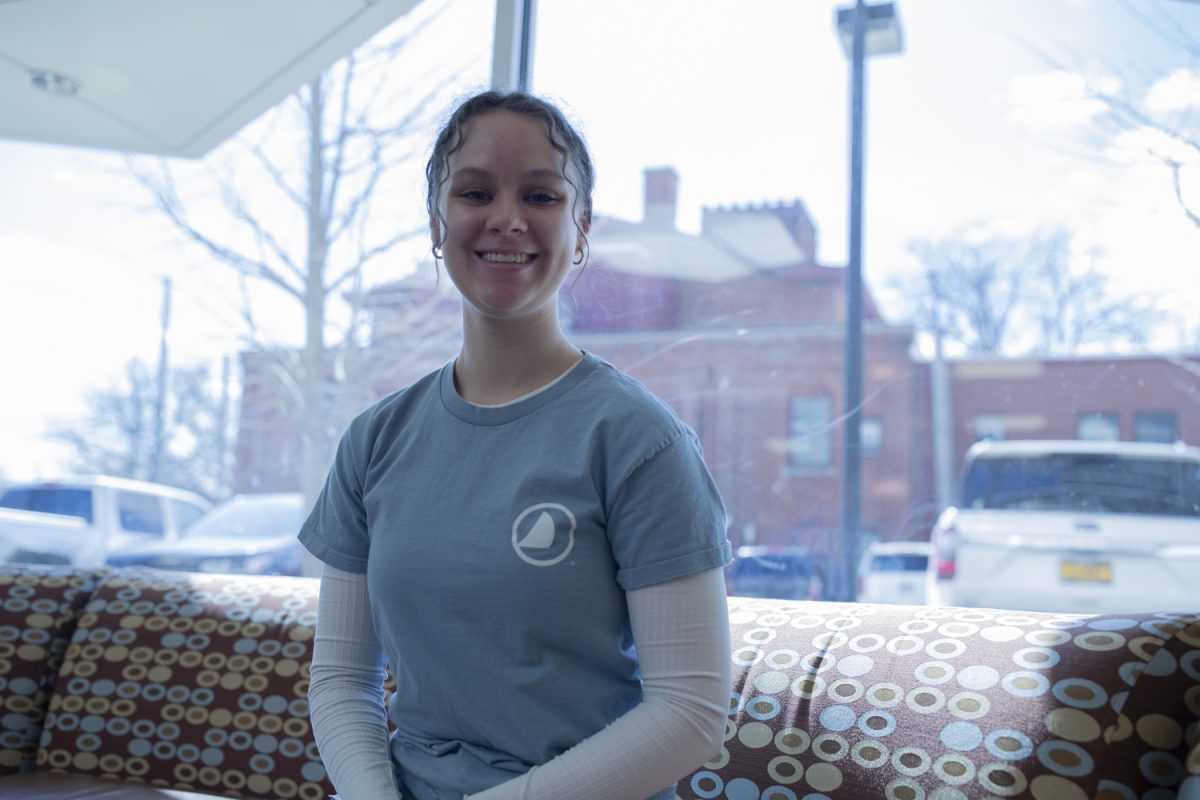Ink Lit Magazine is unique among other literary magazines on campus as it is run only by first-year students — including its editor-in-chief. The magazine puts out poetry, fiction stories, nonfiction stories, art, photography, and drama in a publication once a semester, and grants aspiring publishers fresh experience.
The editor-in-chief works with the different editing teams, manages the social media and website, writes the letter from the editor, and selects the magazine cover and design.
To choose the editor-in-chief and other editors each semester, Daniel Khalastchi, director of the University of Iowa’s Magid Center for Writing, and assistant publisher Jenna Mather asked each interviewee the same questions to assess their leadership skills, time management, conflict resolution, and passion for literature.
First-year student Rachel Sorensen rose to the position of editor-in-chief this semester.
“It’s been really nice,” she said. “I think [the publishers are] very accommodating to learning new things, and they don’t expect you to know anything.”
Khalastchi said Sorensen and other past editor-in-chiefs stood out for their passion for literature and their willingness to
ask questions.
“When you’re sitting in an interview in your head, back-to-back, you’re asking questions, it’s confidence, it’s humility, its willingness to say, ‘I want this position because I want to learn, I want to experience, I want to help others,’” Khalastchi said.
Working for Ink Lit taught Sorensen about editing, leadership, formatting, and copyreading.
Sorensen said the learning curve allows younger students to learn about working and editing for a literary magazine before jumping into a more experienced magazine later.
Compared to another magazine she works on, The Broken Clock Magazine, Sorensen said Ink Lit also did a lot more in-depth teaching and explaining of the process versus expecting students to know the jargon and how to work a magazine.
“I’ve learned that running a magazine is a team effort,” Sorensen said. “I definitely couldn’t do it on my own without having a publisher, assistant publisher, and the assistant publisher in training, and then there’s another manager beside me.”
Due to it being a first-year student-only magazine, Sorensen also gained a community.
“You’re all the same grade, you’re on the same experience level, and it’s a lot easier to connect with the other students because we’re all going through the same life stage,” Sorensen said.
Khalastchi emphasized the role of students in Ink Lit’s 25 issues since 2011, with the 26th on the way.
“It’s continued because every year we have students who come to this university who want to participate in the community, and they do it, and that’s what makes me think it’s not me,” he said. “It’s the energy of the students who come here, that energy that they have is what makes this publication possible.”



